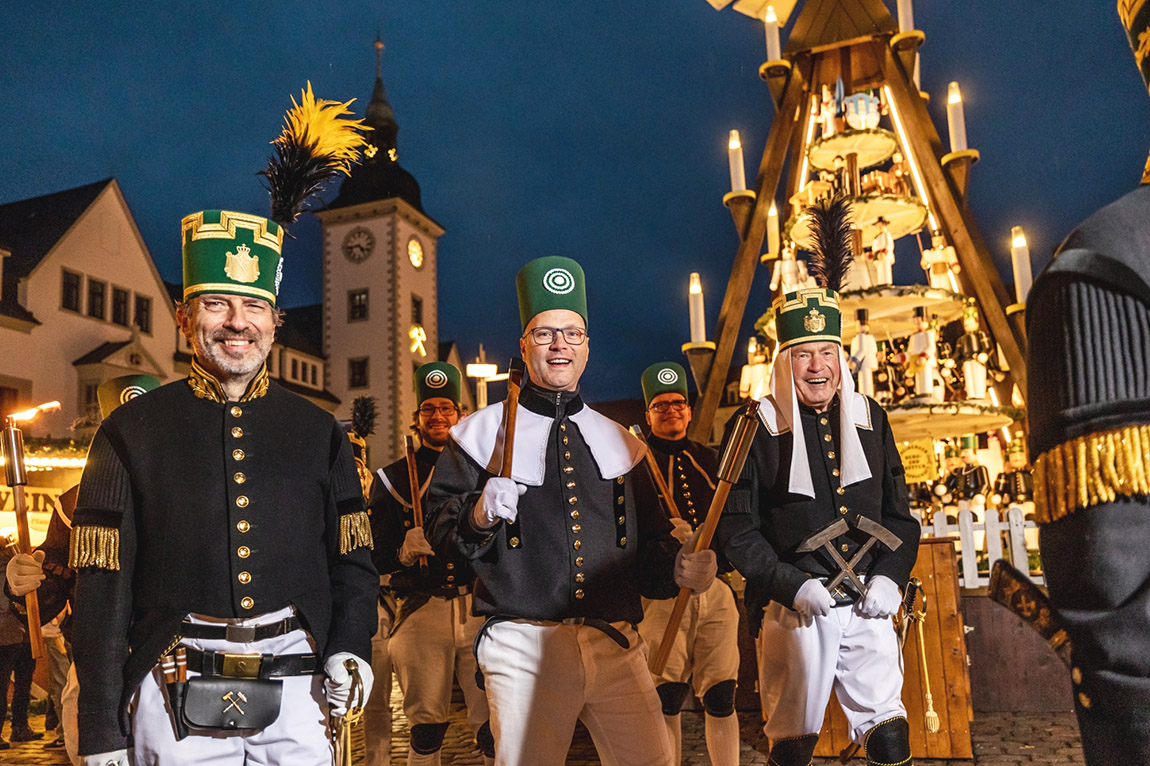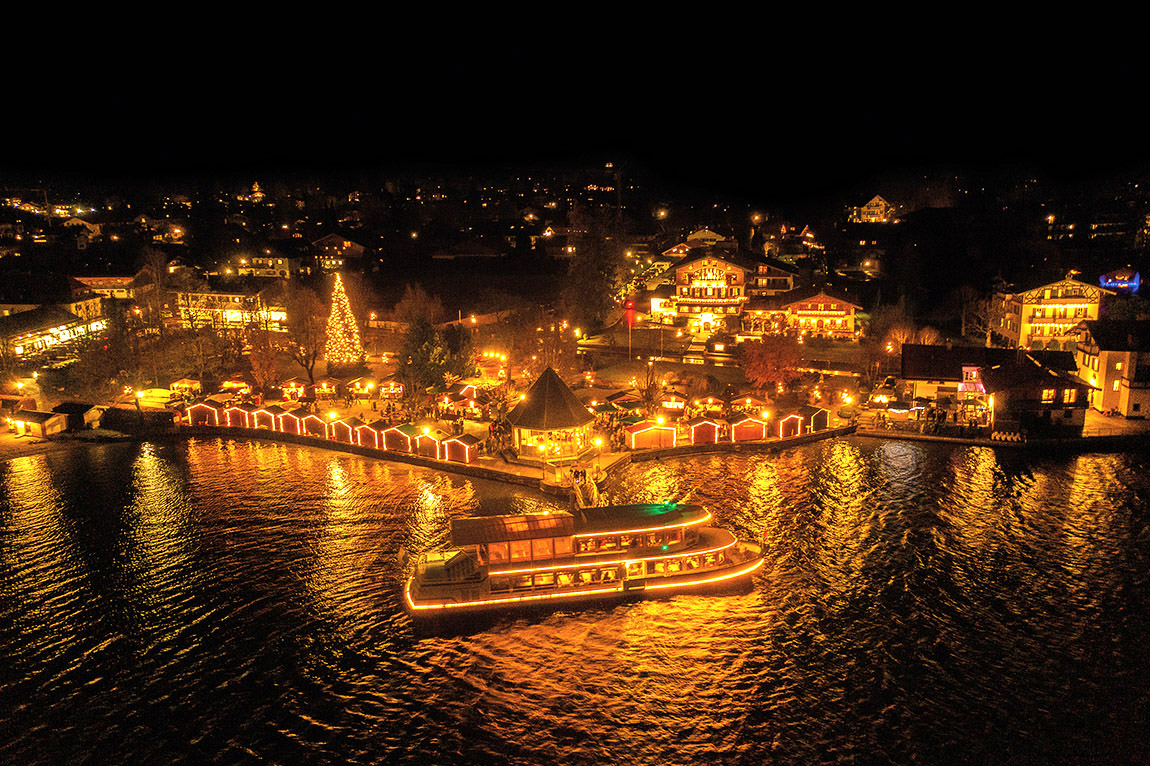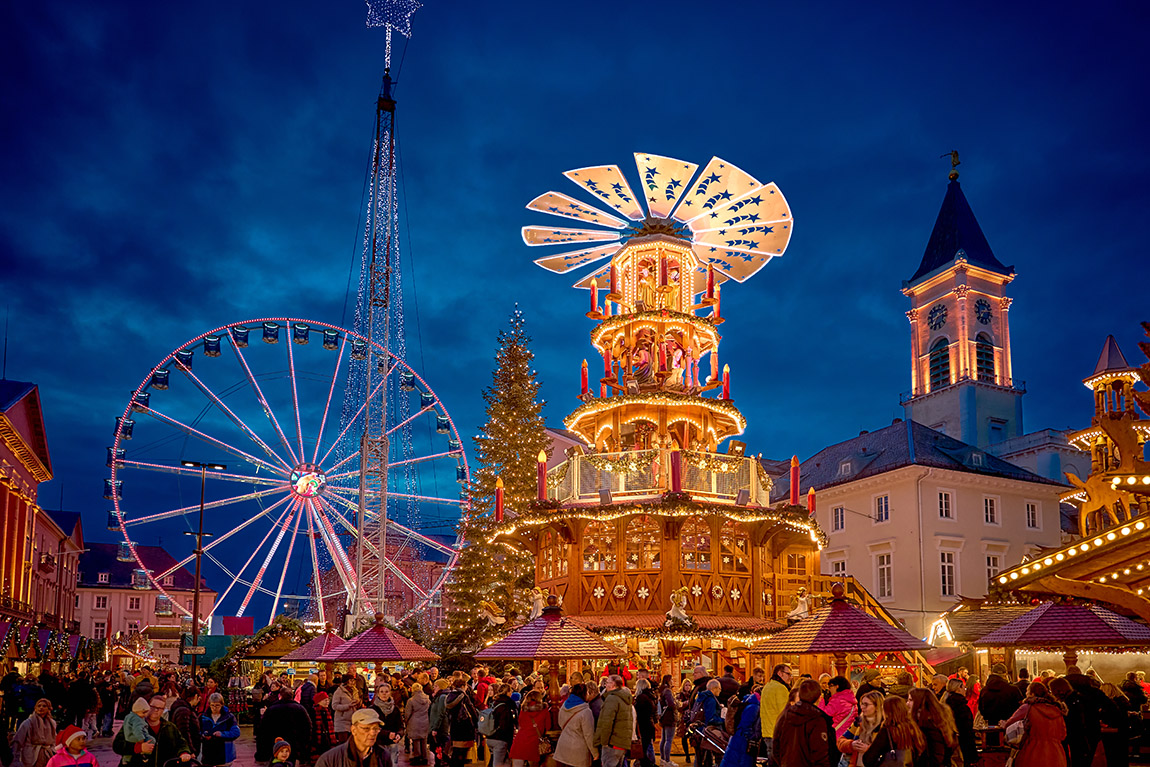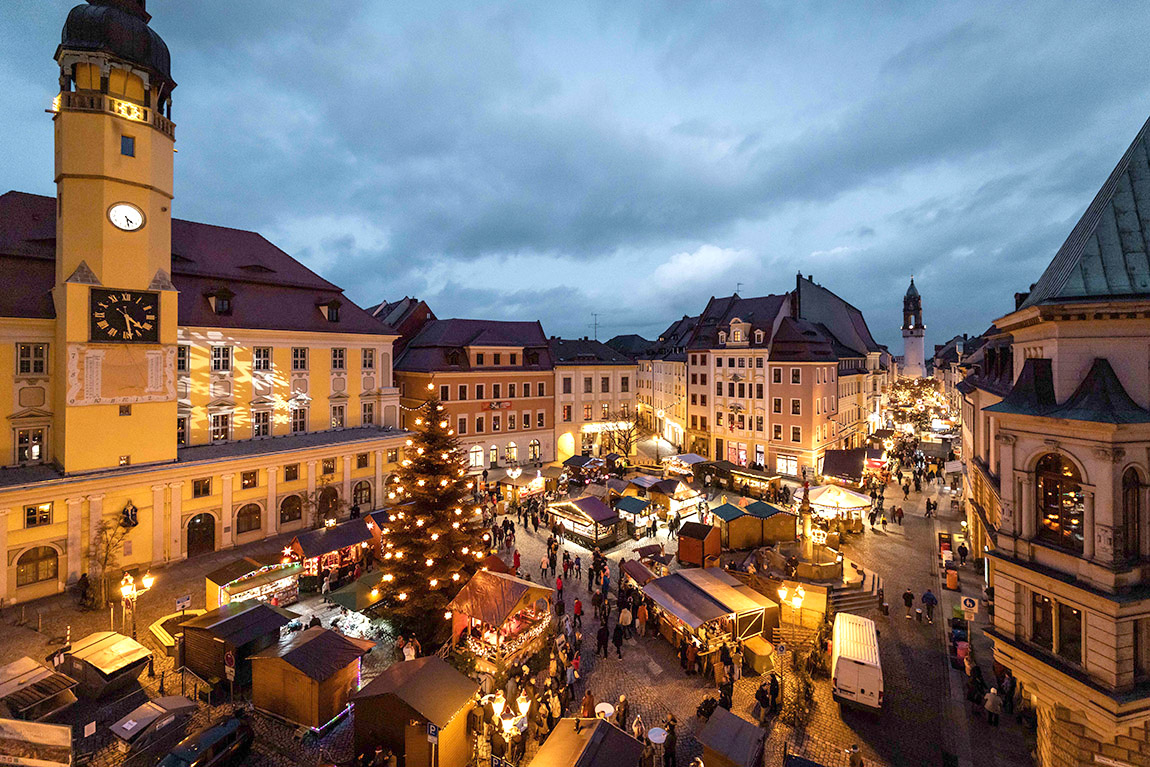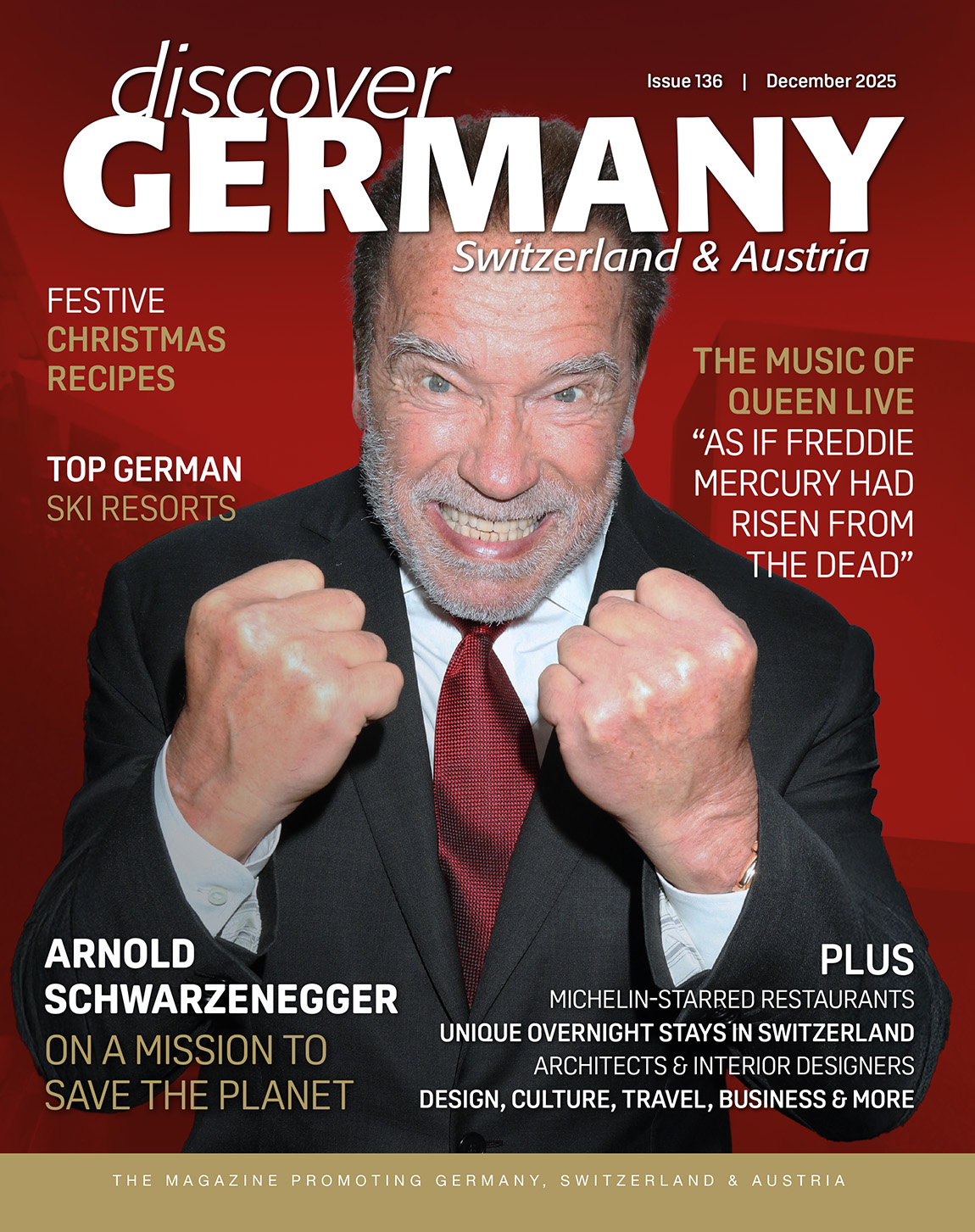All you need to know about mulled wine
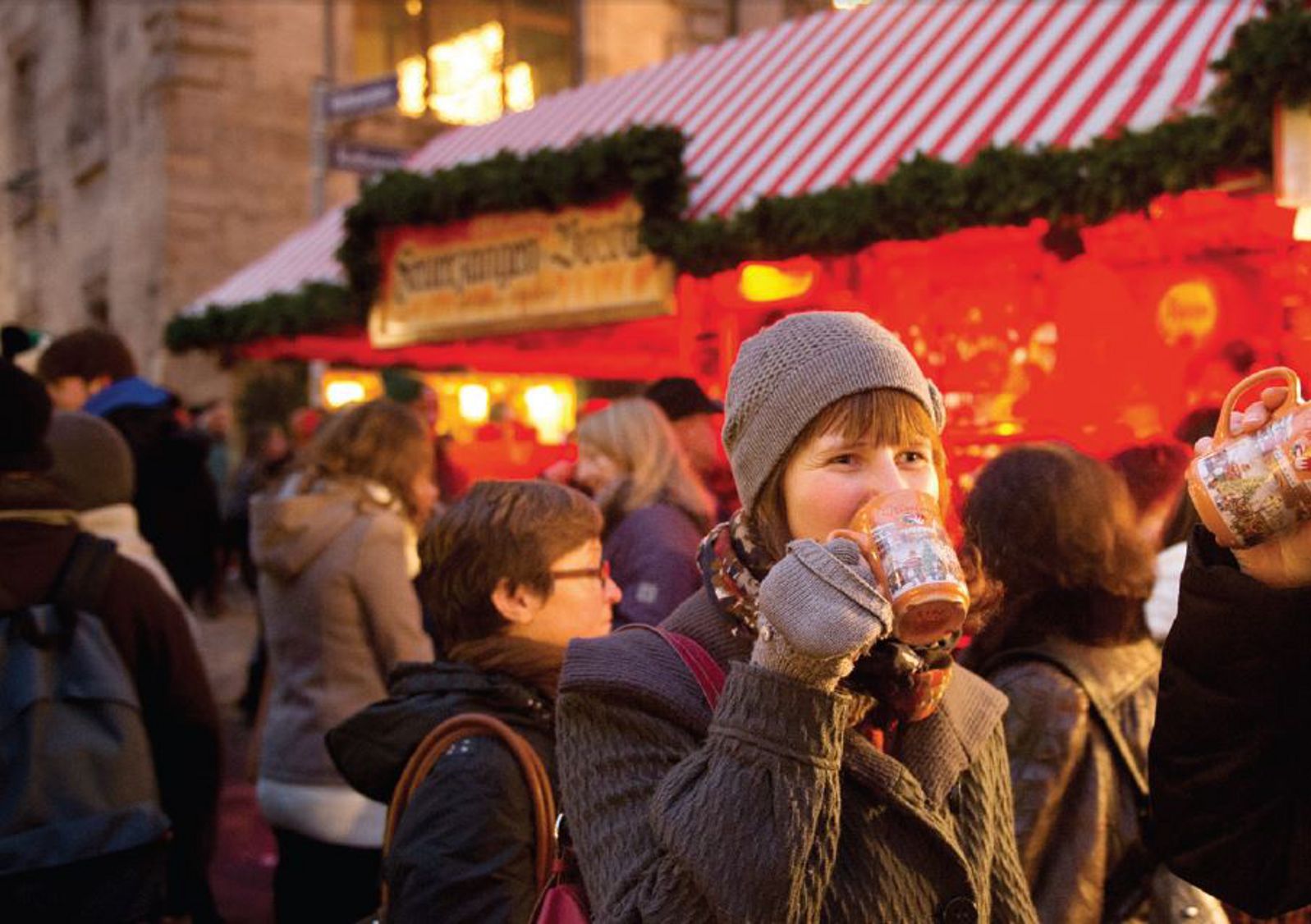
There is nothing that spells Advent more than steaming cups of Glühwein – or mulled wine: the heady scent of cinnamon, clove and citrus intensified by their infusion in gently heated red wine. That’s how it should be: it simply is in the DNA of Germans to crave Glühwein – a visit to the Weihnachtsmarkt wouldn’t be complete without it and it has been the making of many a great Christmas party.
Very basic Glühwein is big business – both at Christmas markets and in retail. In 2010 Germans bought 91 million bottles of ready-made Glühwein in the shops – that makes 68.25 million litres of the stuff: all the Glühwein guzzled on all of Germany’s countless ChristmasMarkets, office parties and seasonal concerts is not even included in this figure. Aldi sells a litre-bottle or tetra-pak of ready-made Glühwein for as little as EUR 1.29 and products like these are often sold at hugemargins at Christmas markets. Such concoctions, however, have drawn criticism: with alcohol levels between 8%and 11% one wonders what else is in there apart from wine – and where the wine is from in the first place. Adding sugar and fruit-juices to wine is almost like an invitation to use the most abominable plonk as a basis.
Indeed, in some cases consumers are lucky to find real mulling spices in their hot toddy at all: unsurprisingly, poor wine quality is hidden behind large amounts of sugar and artificial flavourings. The overwhelmingly poor quality of cheapo-Glühwein, often with excruciatingly kitsch labels, has now spawned a wave of superior, ready-bottled Glühweins, often from good co-ops. Look out for them and read the back label to check for any undue ingredients – you can expect to pay about EUR 5.00 for a bottle. While across Germany, Glühwein is mostly made from red wine, the Austrians are quite partial to Weisser Glühwein, made from white wine and with slightly more emphasis on orange peel, often helped along with a little orange liqueur. Weingut Altenkirch, a well-known and respected Riesling producer in the Rheingau, looked across the border and has bottled a Riesling/Traminer blend, infused with star anise, cardamom, orange, cinnamon and bay. It’s called ‘Glow ’and is available now.
At Café Ufer in Hamburg-Eimsbüttel both red and white Glühwein will be served during Advent. Here in London, you can head to Café Kipferl in Camden Passage. While most catering establishments make one huge punch-bowl of mulled wine that is kept warm, managing director Christian Malnig explains that at Kipferl, every cup is freshly made: a fruity red wine is heated with a little hot water and infused with organic mulling spice from bio-producer
Sonnentor which has all-natural aromas of rosehips, hibiscus, cloves, orange peel, cinnamon, apple and orange oil. “It has to be a very fruity wine, and we add just a little hot water,” Malnig explains. Glühwein proved to be a huge hit last winter at Kipferl, so much so that this year Malnig is going to offer Jagertee, too, black tea with Austrian Stroh rum. The fashion is catching on. Last December, the Shoreditch Christmas-special pop-up ‘Santa Baby’ served red and white mulled wine along with retro-eggnog. London’s only organic pub, the Duke of Cambridge in Islington, will also be mulling wine. Should the cold snap come, you’ll know where to head.
Who knows, perhaps you already have all the ingredients at home for Glühwein? All you need is some fruity, dry, not too tannic or too expensive red wine (Merlot would be a good idea here), untreated oranges and lemons, sliced, a cinnamon stick, two or three cloves and some star anise. Gently heat all the ingredients in a saucepan, bring to about 80°C, take off the heat and let infuse for a few minutes, then strain into mugs and sweeten to taste with a little Demerara sugar. The wine-infused oranges are lovely as a dessert with vanilla ice cream. This way, there’ll be no headache the next morning and your entire kitchen will be filled with heavenly Advent scent! Zum Wohl!
By Anne Krebiehl, published in Discover Germany issue 9 – November 2013 | Photos: FrankenTourismus, Nürnberg, Hub
Subscribe to Our Newsletter
Receive our monthly newsletter by email

